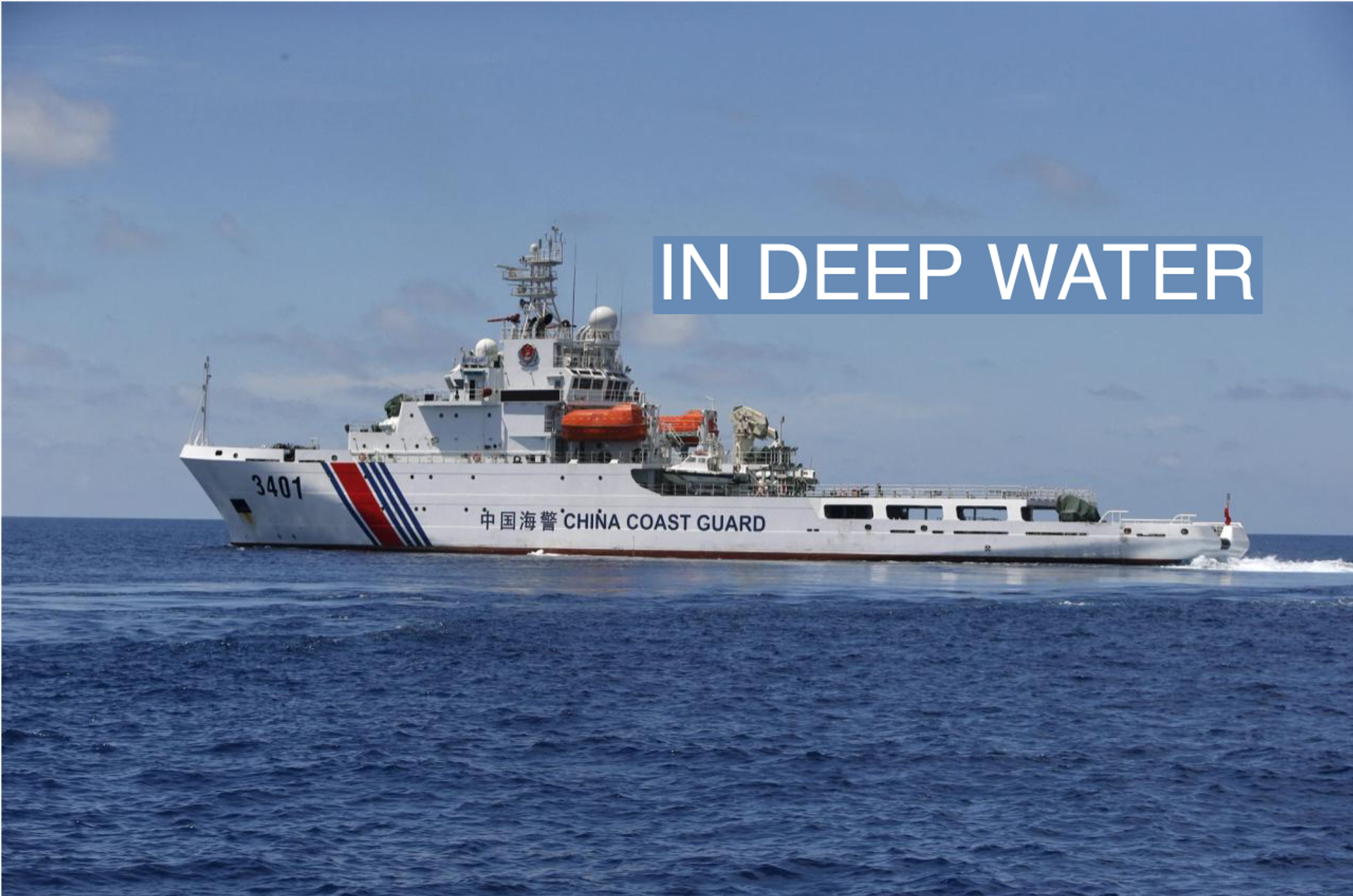The News
A Philippines military chief was onboard a vessel that a Chinese military ship rammed into this weekend, prompting Manila to call the actions “a serious escalation.”
The Chinese vessel reportedly targeted Philippines resupply ships en route to a navy base, shooting water cannons that “seriously damaged” one ship, and then “deliberately” ramming into another, according to Philippine’s National Security Council.
China’s aggression against the Philippines comes just weeks after officials from both countries met at the APEC summit in San Francisco to discuss ways to move forward peacefully in the South China Sea, a highly contentious area that China is expanding its military presence in.
SIGNALS
China’s routine aggression against Philippines’ vessels over the years has now evolved into “the most potentially explosive” conflict that “no one is talking about,” Timothy McLaughlin writes for the Atlantic. While much of U.S.-China’s hostile relations center around Taiwan, a top former Chinese official suggested that the South China Sea was more likely to spur a conflict between the two superpowers. “There is just a ton of potential surface area where something could go wrong,” one think tank director told McLaughlin, as China violates maritime borders with countries like the Philippines. The waterway is economically enticing for all actors in the region: giving access to prime fishing locations, holding abundant energy resources, and routing $3 trillion in annual trade as one of the busiest shipping routes in the world.
Manila is taking “a page out of the Chinese playbook” and disguising Coast Guard officials as fishermen to reclaim its own maritime territory from China, Indo-Pacific security expert Lisa Curtis writes for the Diplomat. Beijing’s dominance in the South China Sea has largely been orchestrated by a “maritime militia of civilians” who are officially registered as fishermen, but don’t actually fish, The New York Times reports. The militia backs up the Chinese Coast Guard to help them gain control over disputed areas. By copying China’s gray zone tactics, the Philippines “exposed China’s bullying tactics and demonstrated to other nations that face similar Chinese intimidation that there are ways to push back,” Curtis writes.
Chinese media is portraying the U.S.-backed Philippines as the aggressor. Hu Xijin, former editor-in-chief of state tabloid the Global Times, warned Manila not to become “a little American minion” by using the Washington tactic of “playing bumper boats.” He said that any diplomatic retaliation like expelling the Chinese ambassador would propel the two countries into their “darkest moment” in history. Qiu Zhenhai, a national security blogger on Weibo, said that it is currently “not the time to talk about sovereignty,” claiming that the real purpose of the China-Philippines conflict is to help the U.S. build bases to defend Taiwan, which he argues is the true violation of Chinese sovereignty.

